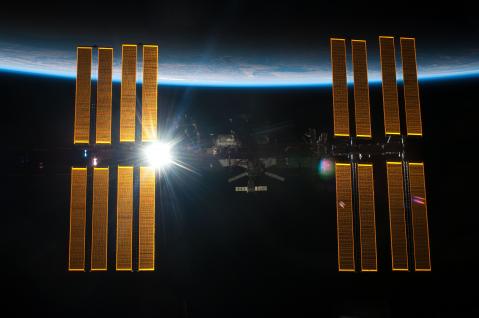Our guidance technology took humans to moon and back.
Today we continue to support humankind’s desire to surpass the boundaries of our planet. From advanced and autonomous guidance, navigation, and control to fault-tolerant computing and software design, Draper engineers solutions that enable space exploration.
Draper + NASA: NASA recently awarded Draper the CP-12 Award. Read about our role and the team we will be leading on our Commercial Lunar Payload Services page.
Draper + Blue Origin: Blue Origin recently announced the National Team, Draper is excited to be on it along with teammates: Astrobotic, Boeing, Honeybee Robotics and Lockheed Martin! National Team Page.
Related Solutions

DMS – International Space Station
How does Draper’s device rapidly detect ultra-trace chemicals in remote locations?
